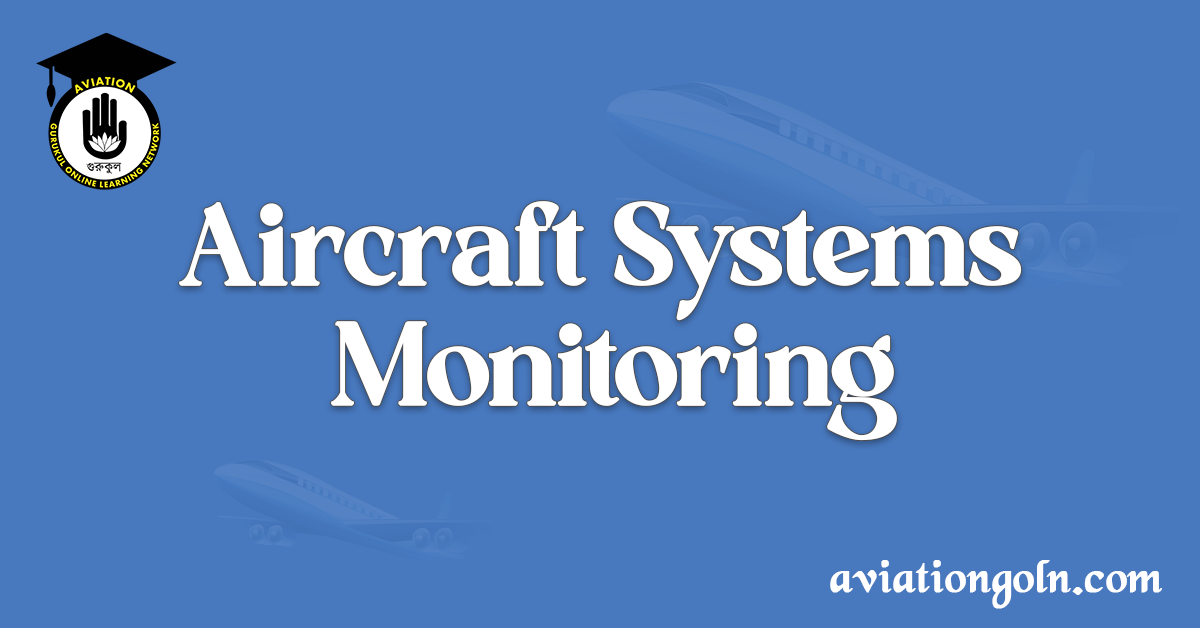One of the marvels of modern aviation is the flight management system (FMS) used in many aircraft. Essentially a specialized computer, the FMS oversees a multitude of in-flight tasks. It optimizes flight routes, manages fuel consumption, and monitors systems performance. This article delves deep into the functionalities of flight management systems, exploring how they contribute to safer, more efficient flight.
What is a Flight Management System (FMS)?
The FMS is a fundamental part of an aircraft’s avionics system. It integrates a broad range of capabilities, from flight planning and navigation control to fuel management. With the aid of a host of sensors and input devices, the FMS takes in information from both the aircraft and its environment to provide pilots with real-time data, guidance, and system oversight.
Key Functionalities of Flight Management Systems:
- Flight Planning: One of the primary roles of the FMS is to aid pilots in the creation, execution, and modification of a flight plan. This process involves inputting the departure and destination points, and then the FMS will suggest an optimal route based on current conditions and available data. The route takes into consideration waypoints, airways, and various other navigation aids.
- Navigation: The FMS continuously monitors the aircraft’s position using multiple sources such as GPS, inertial navigation systems, and ground-based navigation aids. It then provides guidance to pilots to ensure they follow the intended path. It also assists pilots in making real-time decisions if route adjustments are necessary due to unforeseen circumstances like weather changes or airspace restrictions.
- Performance Optimization: The FMS can calculate the most fuel-efficient altitude and airspeed for the aircraft based on current weight, weather conditions, and other variables. This not only saves money but also reduces the environmental impact.
- Auto-Pilot Interface: While the auto-pilot and FMS are distinct systems, they work closely together. The FMS sends guidance commands to the autopilot, ensuring the aircraft adheres to the designated flight path.
- Fuel Management: A crucial aspect of flight management is the efficient use of fuel. The FMS offers real-time data on fuel consumption, suggests the best speeds and altitudes for fuel efficiency, and can even predict the fuel quantity upon arrival at the destination.
- System Monitoring: The FMS constantly oversees various aircraft systems to ensure everything is functioning as expected. Any abnormalities or malfunctions are promptly reported, allowing the flight crew to take appropriate action.
- Communication: Newer FMS models incorporate data link capabilities, facilitating communication between the aircraft and ground-based stations. This can include receiving updates on weather conditions, air traffic control instructions, and other essential information.
- Landing and Takeoff Calculations: The FMS can aid pilots by providing essential data for takeoff and landing. This might include recommended speeds, runway lengths required, and optimal thrust settings based on aircraft weight and environmental conditions.
The Evolution of Flight Management Systems
Historically, navigation was a hands-on process, involving pilots manually plotting routes on charts, using radio beacons for guidance, and making many in-flight calculations. The first flight management systems, introduced in the 1980s, revolutionized this process. They offered basic functionalities, mainly concerning navigation and flight planning.
As technology progressed, so did the capabilities of FMS units. The introduction of GPS in the 1990s gave FMS an unparalleled accuracy in determining aircraft position. The 21st century saw the FMS expand beyond mere navigation, incorporating a host of monitoring, optimization, and communication functions.
The most recent advances in FMS technology are focusing on connectivity, real-time data analysis, and AI-driven solutions. These systems can process vast amounts of data quickly, providing flight crews with comprehensive insights and predictions.
Benefits of Flight Management Systems
- Safety Enhancements: By continuously monitoring systems and flight parameters, the FMS helps to ensure that the aircraft operates within safe limits. Moreover, by providing precise navigation aids and real-time data, it reduces the likelihood of human error.
- Efficiency: Through optimal route planning, fuel management, and performance optimization, airlines can save substantial amounts on operating costs.
- Reduced Workload: Pilots have a multitude of responsibilities during flight. By automating many routine tasks, the FMS allows them to focus on other critical areas of flight operation.
- Environmental Benefits: By optimizing routes and fuel usage, aircraft release fewer emissions, contributing to a reduction in their environmental footprint.
Conclusion
The Flight Management System is the cornerstone of modern aviation. As we look to the future, it’s clear that the FMS will play an increasingly central role, particularly as the industry moves towards more automated and integrated systems. By understanding the intricacies and functionalities of these systems, we can appreciate the profound impact they have on the world of aviation, making flights safer, more efficient, and more sustainable.
